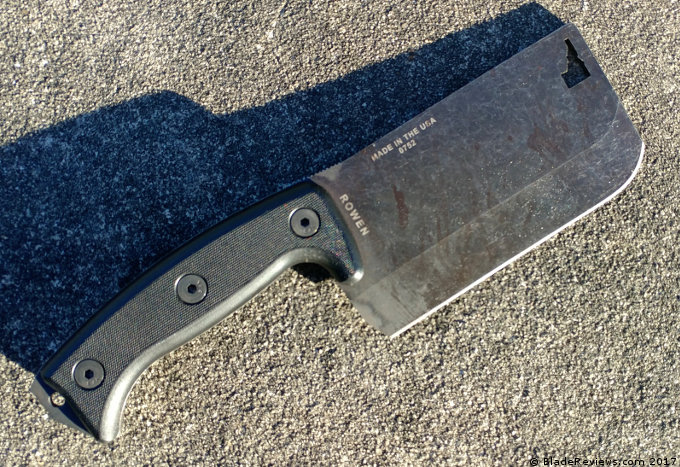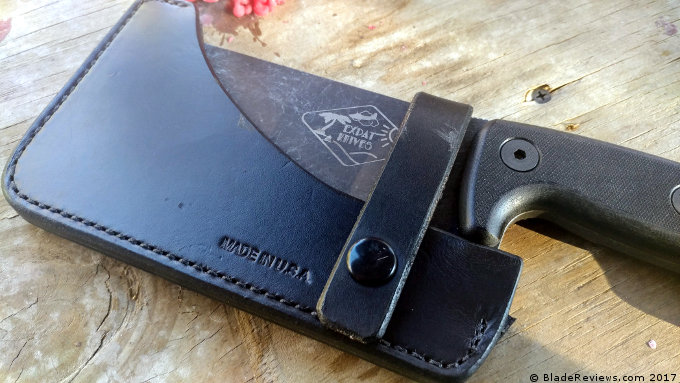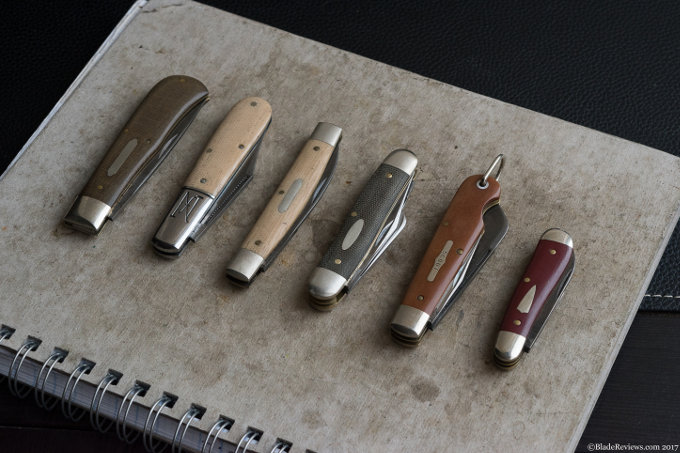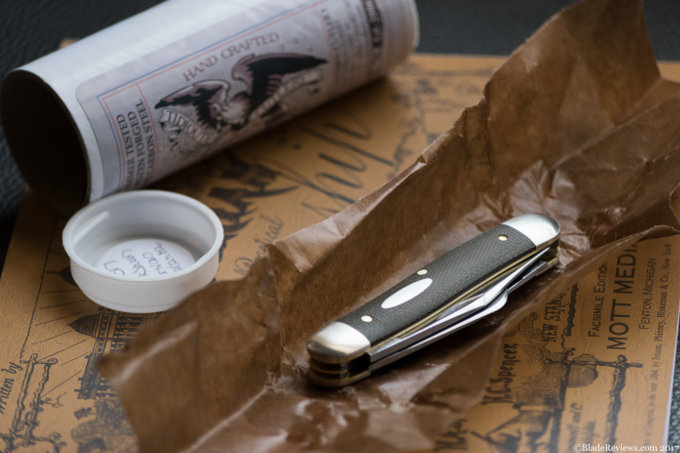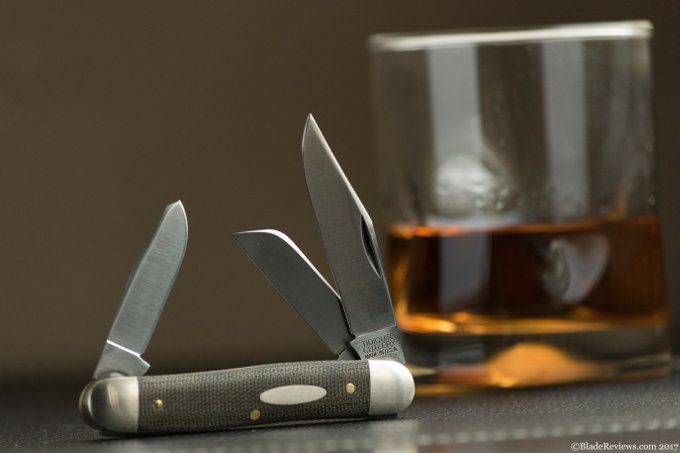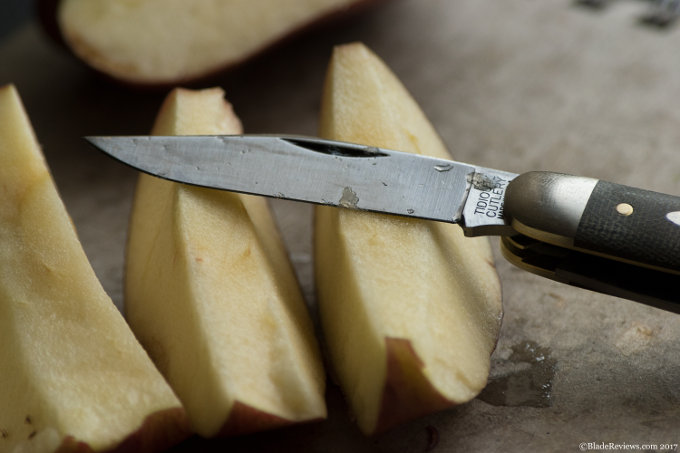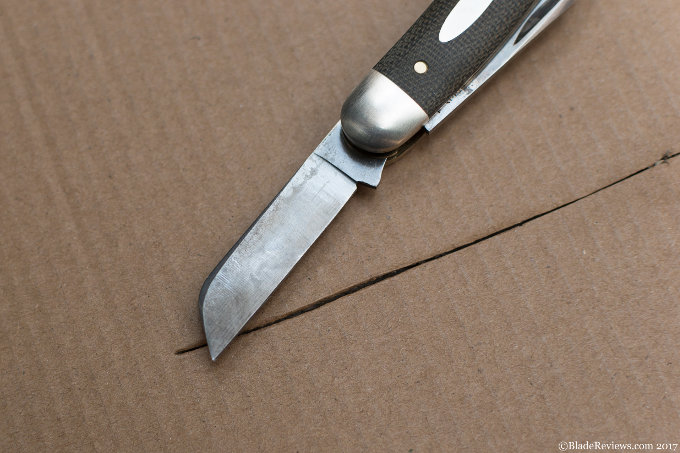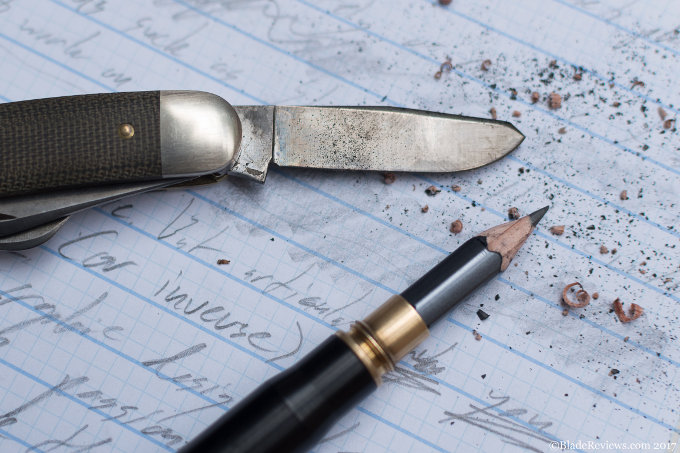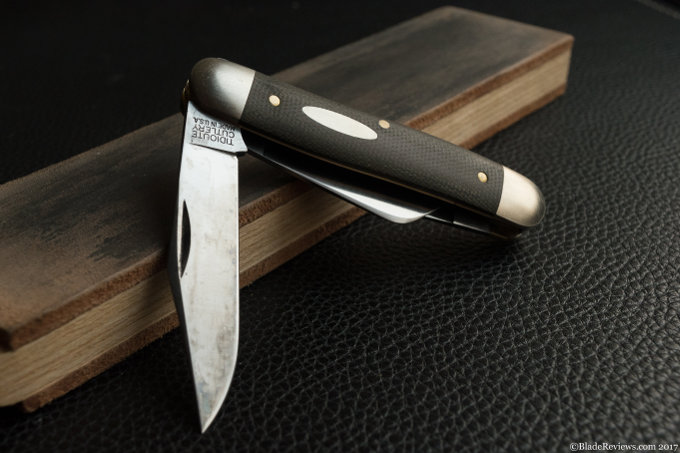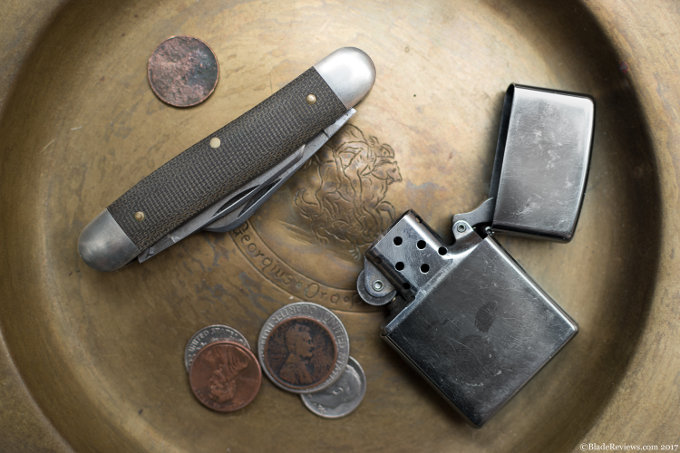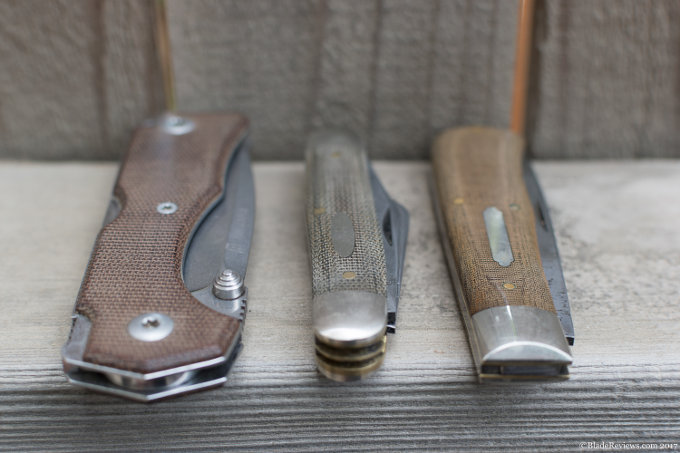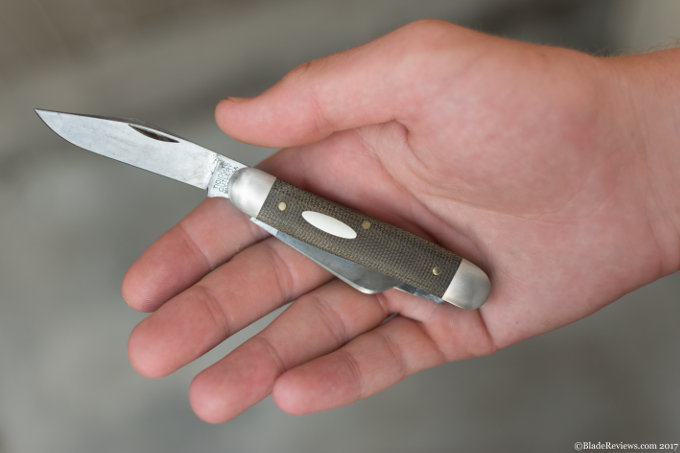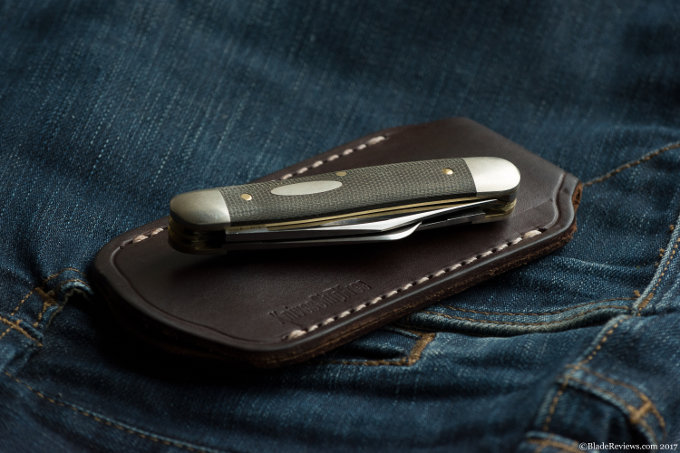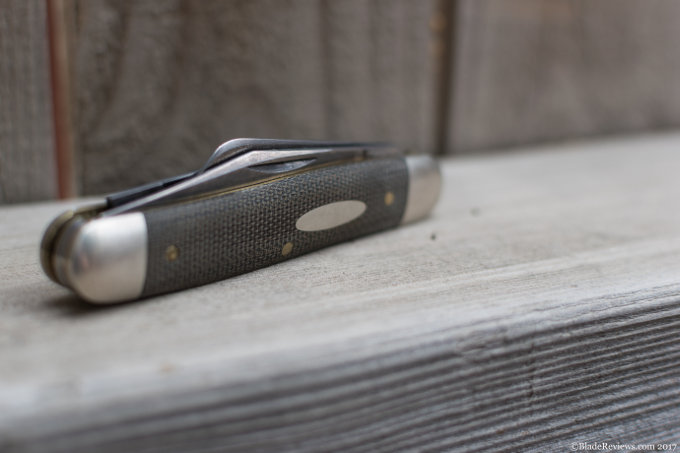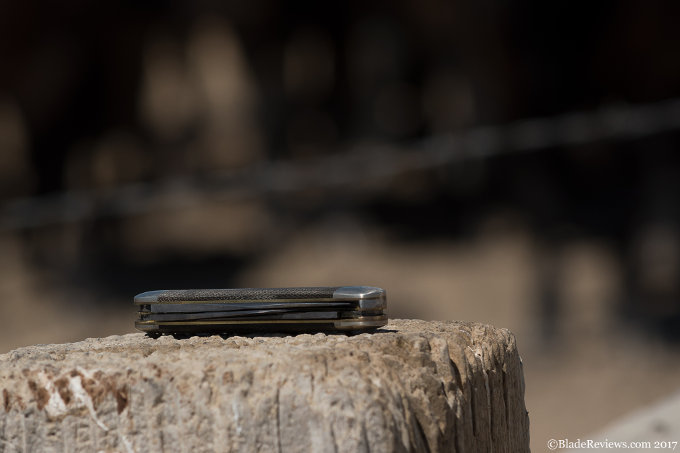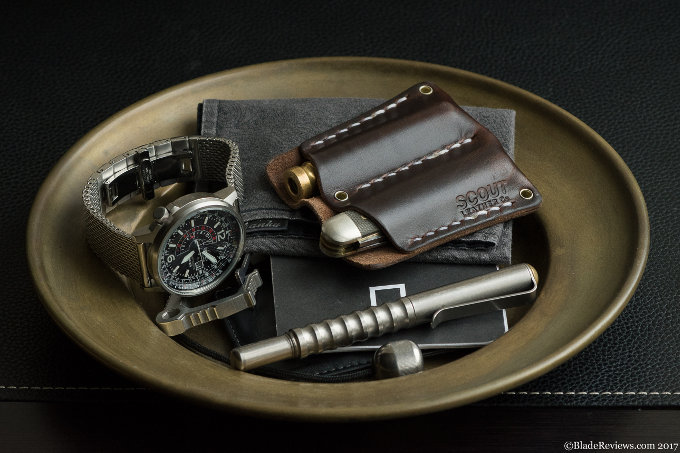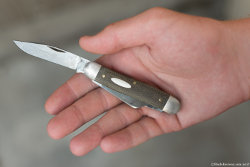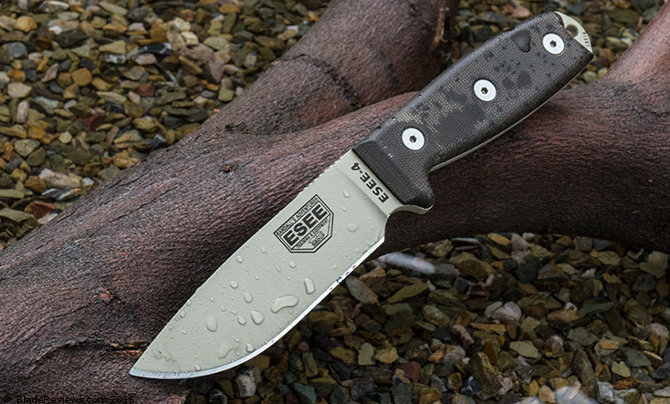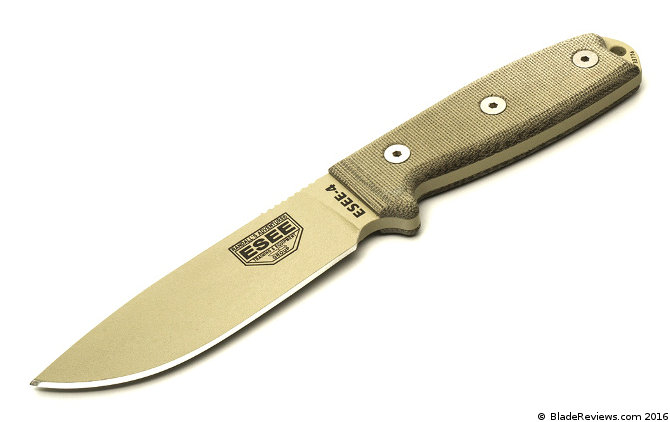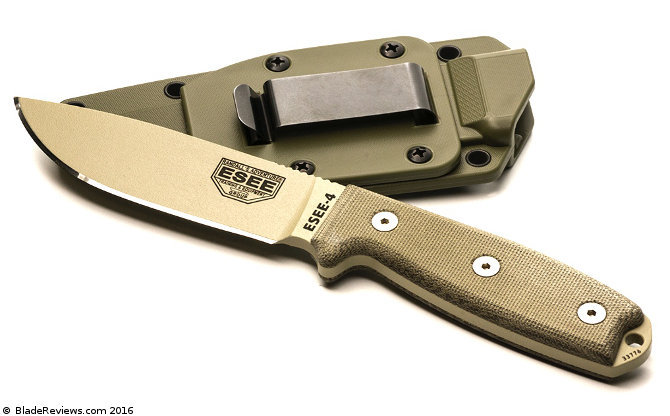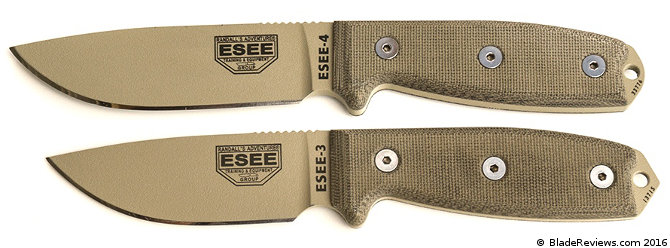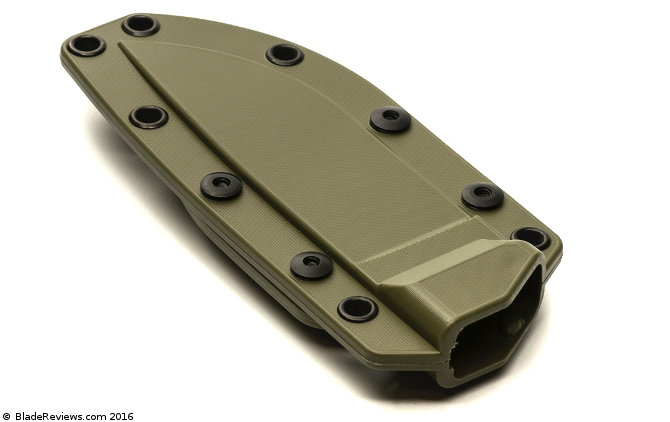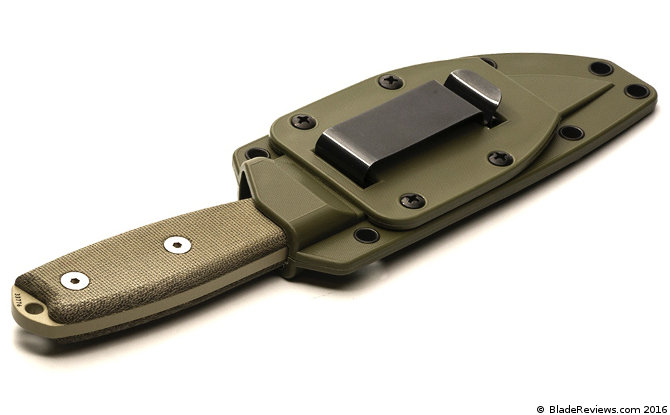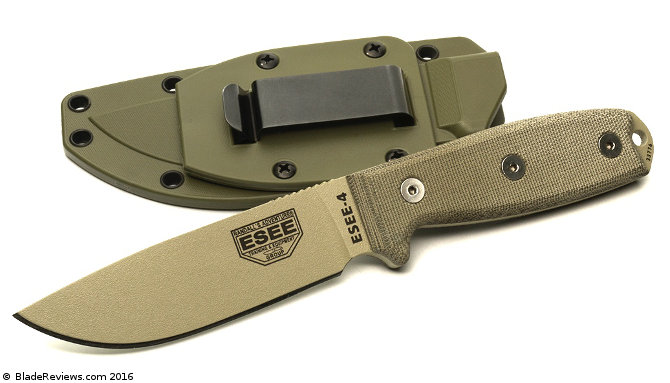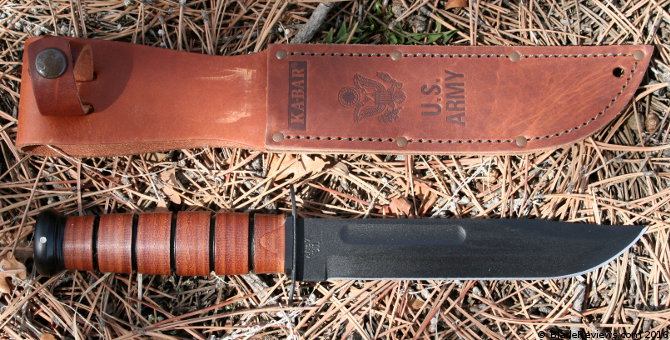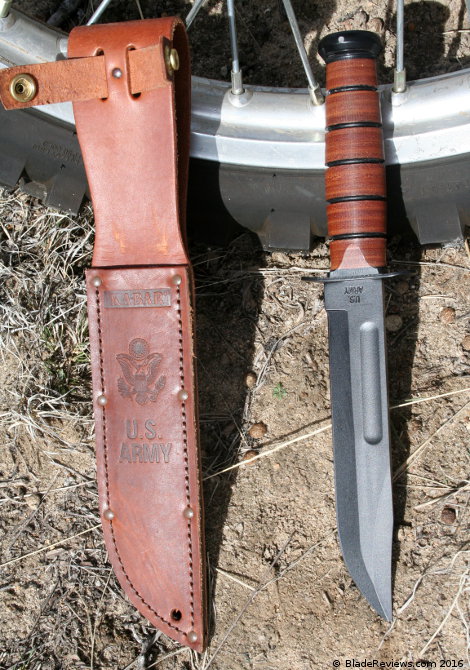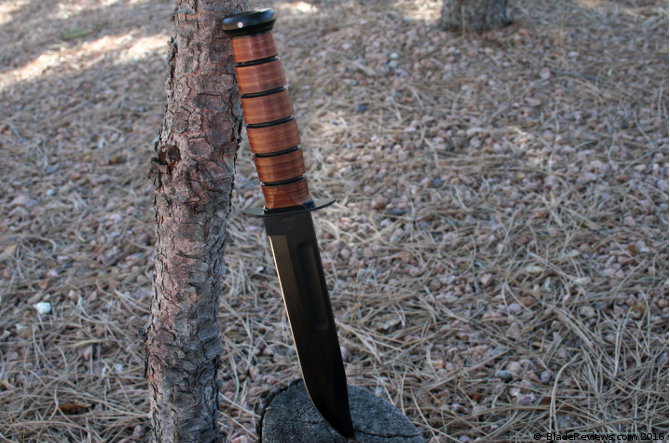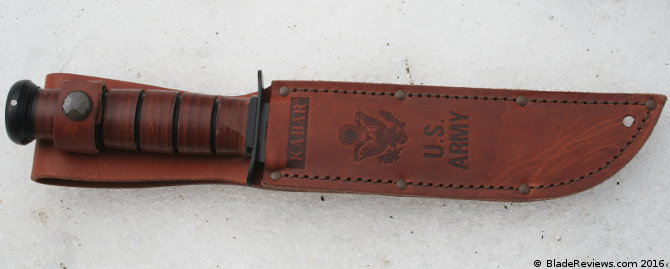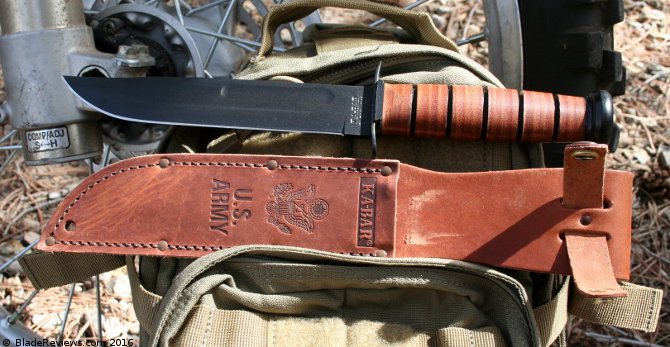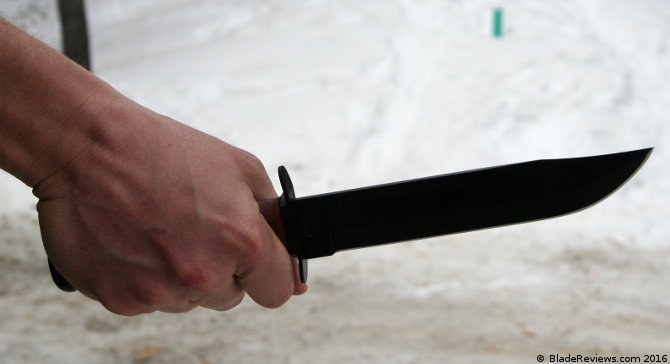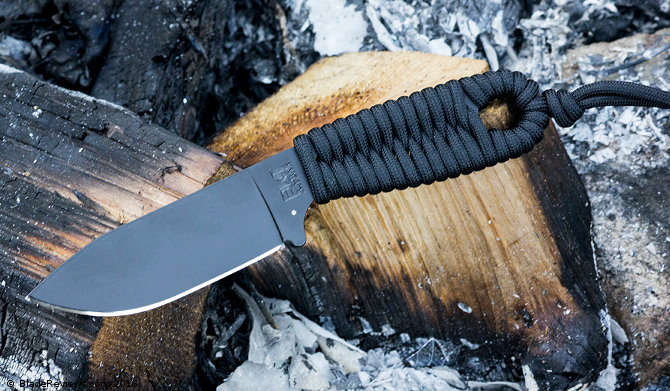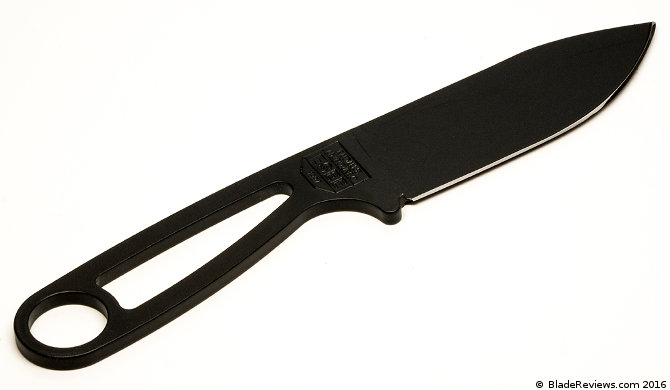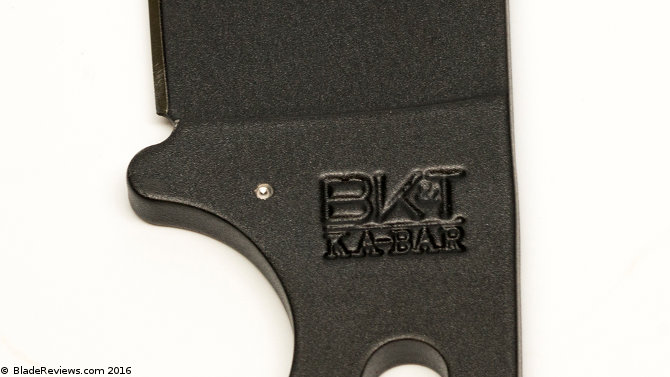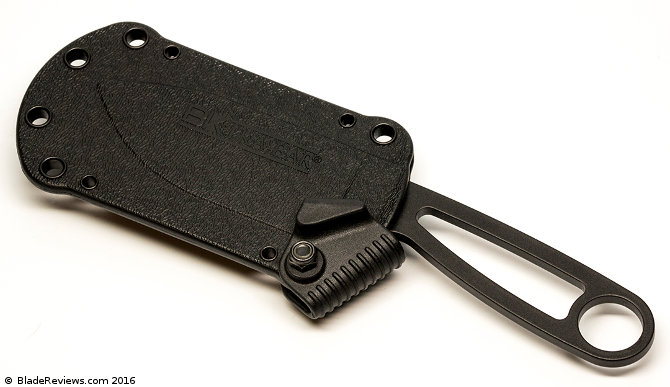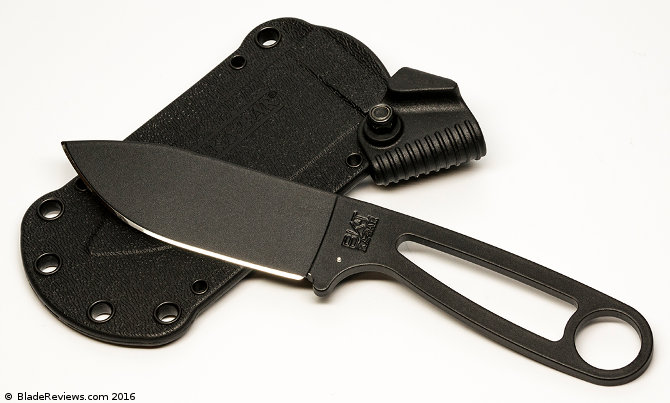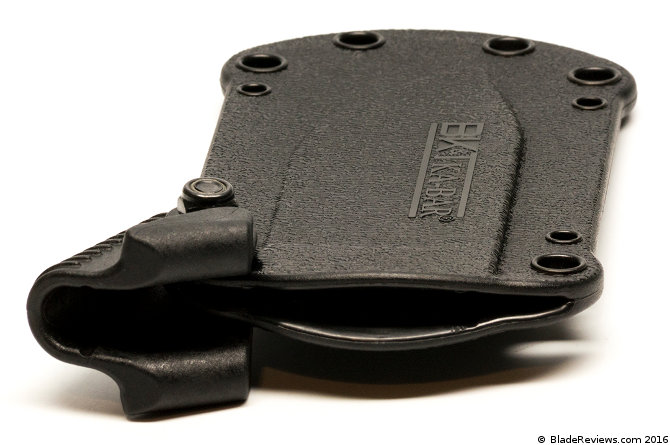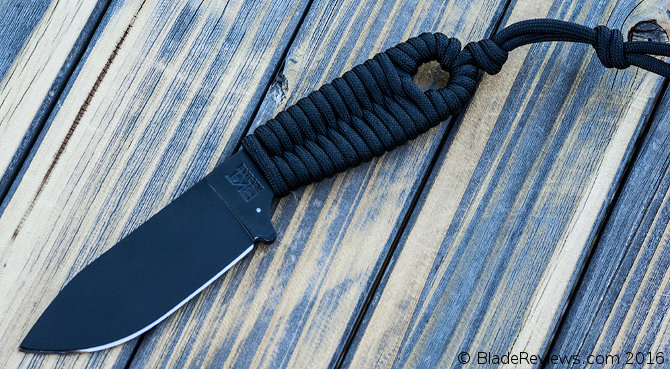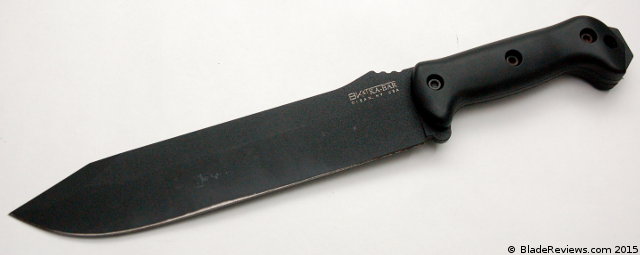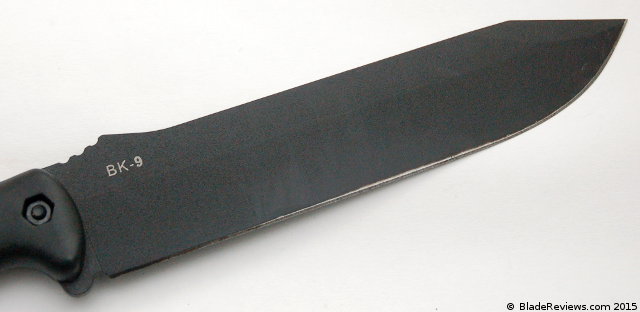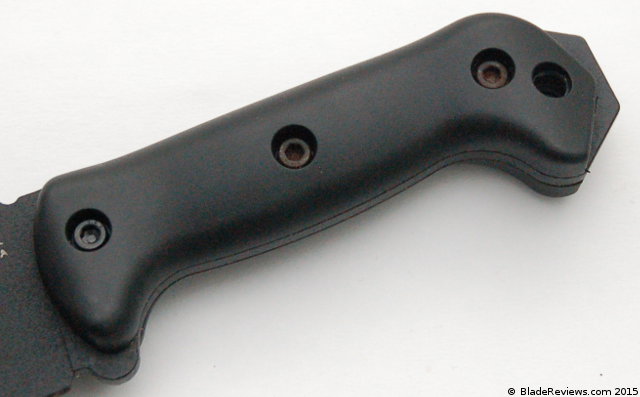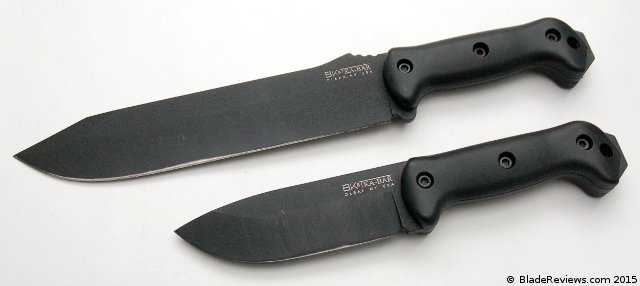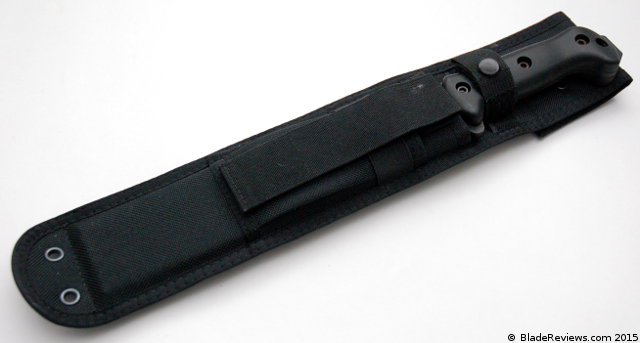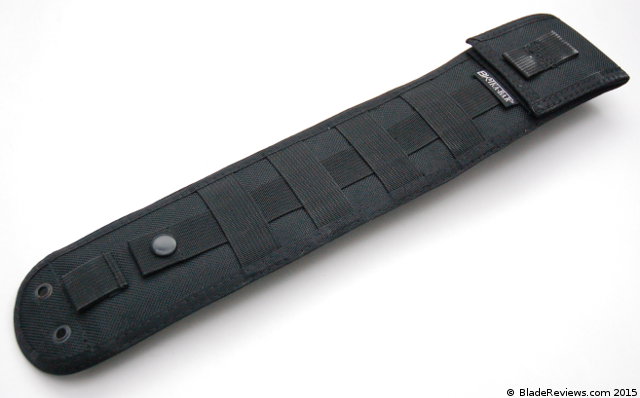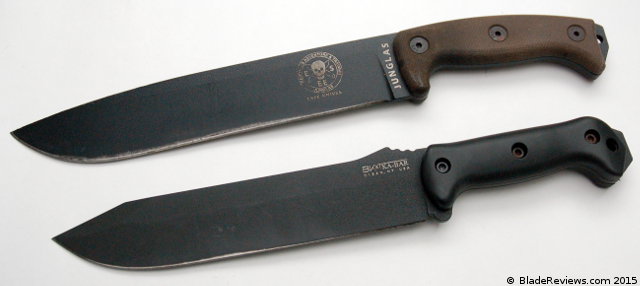Gripping the Esee Expat Cleaver leaves you feeling a little overwhelmed. You’re filled with the sudden urge to cleave things. There is something about its weight, its grip, and the fact you just know it can slice through most anything. It’s hard to put into words.
The Esee Expat Cleaver is the first in the Expat line of knives and tools. The knives are inspired by Esee forum member and world traveler ‘Expat.’
Expat travels the world doing what I assume are fun and interesting jobs in dirty places. He has served as an instructor with Randall’s Adventure Training, Esee’s parent company. He’s an experienced outdoorsman, and his series looks to be an exciting development. The Expat CL-1 Cleaver is a beast of a tool and its design details are subtle. It’s more versatile than it looks.
Don’t call it tactical. It’s not designed to be a weapon, and it’s not for mall ninjas. It’s primarily designed for food prep in the wild. In a pinch it can be used to do some moderate chopping and campground clearing. However, at the end of the day this is a tool for food prep. Calling this tactical is like calling a mess kit tactical.
The Esee Cleaver is designed to take your meal from barely dead to ready to cook. It’s there to clean and dress animals as much as it is to prepare them for the skillet.
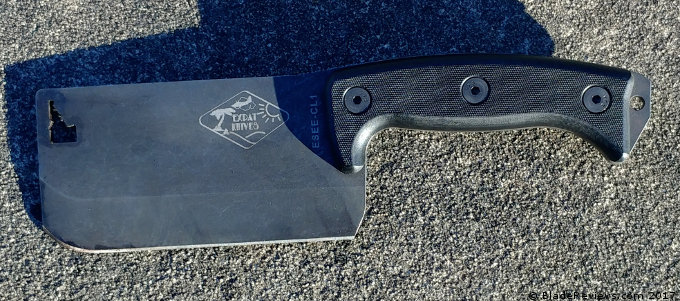
Esee is well known for their brand of survival knives and tools. Dan has reviewed the Esee 3 and Chad has reviewed the Esee 4. I personally own an Esee 4, and the Esee Advanced Survival Kit.
Esee designs the knives, but most are built by Rowen Manufacturing in Idaho. This explains the cutout of Idaho at the top of the Cleaver.
General Dimensions and Blade Details
The CL1 is made in the USA. It has an overall length of 11.5″, weighs 25.5 ounces, and has a 5.5″ blade. Speaking of blades, this one is massive. The cutting edge is 6 inches long, while the blade is 3.125 inches wide and .19” thick. It weighs a mighty, Mjolnir-like, 25.5 ounces. You can really feel the heft in this blade and it’s a good feeling. The cleaver sports a full tang construction with a black stonewash blade.
The finish looks amazing and serves a critical purpose. The blade is made from 1095 carbon steel. It’s easy to sharpen and holds a nice edge, but it also tends to rust. Esee is up front with this. They clearly state that it’s your responsibility to bust rust and keep the blade clean.
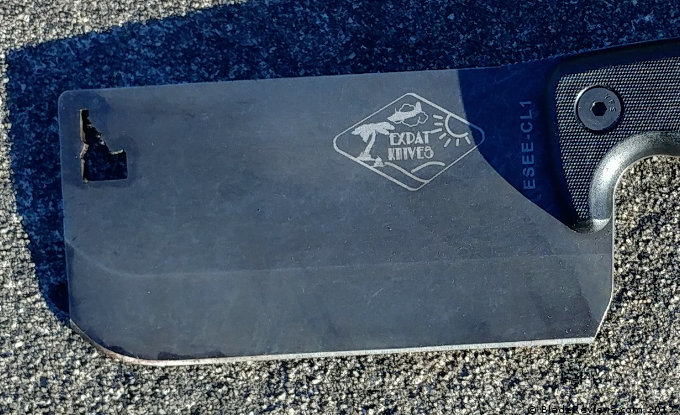
The only portion that will rust is the actual unfinished cutting edge. A light oil coating, and ensuring the cleaver is cleaned is important.
Side note – Since this is a tool designed for making food you really don’t want to slap petroleum based oil like CLP on it. I like Citadel Black’s food safe knife oil for this one.
If you look closely you’ll notice the blade isn’t fully square. The edge rounds towards the “tip”, and that provides some belly. This gives the cleaver a little more versatility and makes it more than a chopper. The rounded edge makes it useful for skinning game and detail work. You can also make fine and accurate slashes through meat with the CL1 like a kitchen knife.
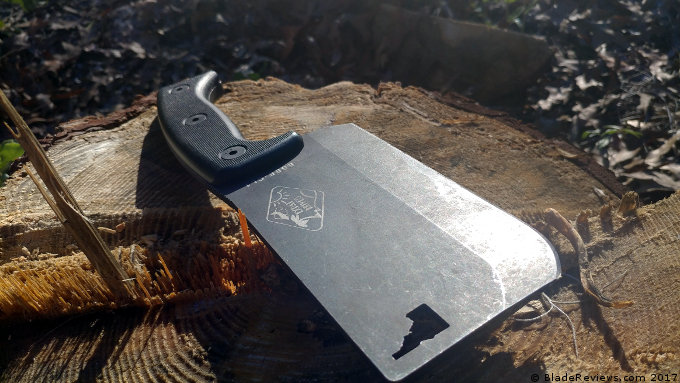
That rounded edge also allows you to ‘rock’ the cleaver to cut through veggies with ease like a kitchen knife. Without a doubt a kitchen knife would be better, but kitchen knives are made for the kitchen. The Expat Cleaver is made for the adventure.
The pommel has a slightly extended tang designed for small crushing tasks, and it’s outfitted with a lanyard loop. A cleaver is meant to chop, and when chopping it’s important to be able to keep the cleaver in your hand. The lanyard hole makes it easy to tie the cleaver to your wrist when chopping. This way you walk away with all your toes.
Handle and Ergonomics
The Expat Cleaver features the same handle as the Junglas. However, unlike the Junglas the handles on the Expat Cleaver are made from G-10 rather than micarta. G-10 is a proven handle material that’s resistant to the harsh nature of the great outdoors. Environments with moisture, heat, and questionable cleanliness aren’t an issue for it. This peel-ply G-10 is also grippy, so the cleaver stays put in the hand. This is important for a tool that’s doing chopping work.
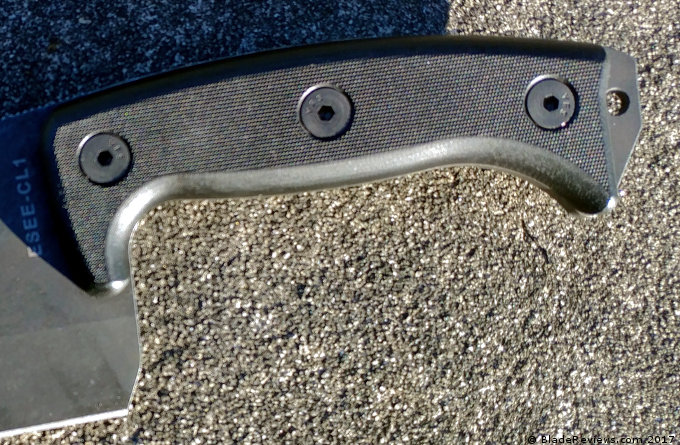
The G-10 grips are mated perfectly to the tang and are completely flush. Three massive Allen head screws hold the grips in place. Even after months of use they haven’t loosened.
The grip features an excellent wave that gives you a nice and comfortable grip. The bottom and top of the grip are curved to keep your hand centered and provide a comfortable pivot point. The handle on the Junglas is a known quantity, and it was a no-brainer to bring the design over to the CL1 Cleaver.
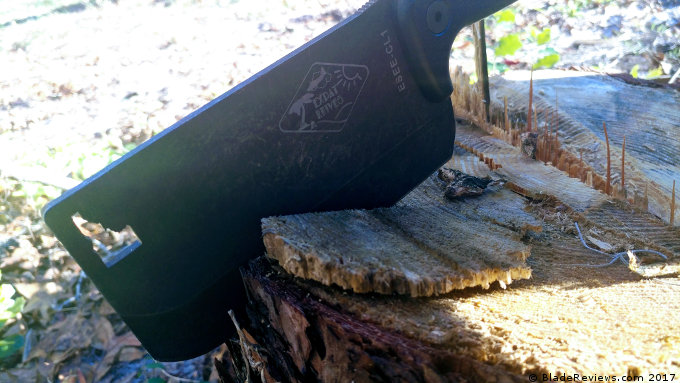
The handle is also a fat bottom girl and fills my XL paws nicely. The wide grip really helps disperse the shock of hitting something hard over and over. The shock travels throughout the entire handle instead being focused in one area. This reduces fatigue and prevents pain.
Sheath
“Sheath” is a bit of a generous term here. The Esee Cleaver comes with a leather blade cover, but I wouldn’t call it a sheath. It simply goes over the blade and protects it from you and you from it. Personally, this isn’t a big deal to me. This isn’t a tool you carry on your belt for immediate use. The cleaver is kept in the pack until it’s needed.
The blade cover is made from a tough leather that secures via a simple button. For what it’s worth, it looks nice. I would have liked to see some type of tie down point. This would be handy to make sure the leather cover isn’t lost when the tool is used in the wild. If I could tie it to the pack I keep the cleaver in, I’d be good to go.
ESEE CL1 Cleaver Review – Final Thoughts
Even after owning the Esee Expat Cleaver for months I still get excited when I pick it up. I’ve used it lop the heads off fish, cut branches down, and chop up meat, veggies and more. Something about its size and weight makes it a blast to use. I find myself finding excuses to use it when cooking. Do I really need a cleaver to cut up chicken breast? No, I don’t, but I like using it.
- ESEE Expat Knives Brand, MADE IN THE USA
- Overall Length: 11.5", Maximum Width: 3.25", Thickness: 3/16"
- 1095 Carbon Steel Blade, Weight: 25.5 ounces
- Finish: Tumbled Black Oxide, Handle: Black G10
- Leather Sheath Included
I recommend purchasing the ESEE CL1 Cleaver at Amazon or BladeHQ. Please consider that purchasing anything through any of the links on this website helps support BladeReviews.com, and keeps the site going. As always, any and all support is greatly appreciated. Thank you very much.
Editor’s Note: Please join me in welcoming Travis Pike as a new contributor to the site. Travis has written in the guns, gear, survival, and self-defense realm for years, and is looking to expand his writing to include his interest in knives. In addition to writing for years he is also a United States Marine infantry veteran, so he has plenty of real world experience. I think he’s going to bring a very practical approach to his knife reviews. Plus, you know he has excellent taste when his first review is of a cleaver. Welcome Travis!
